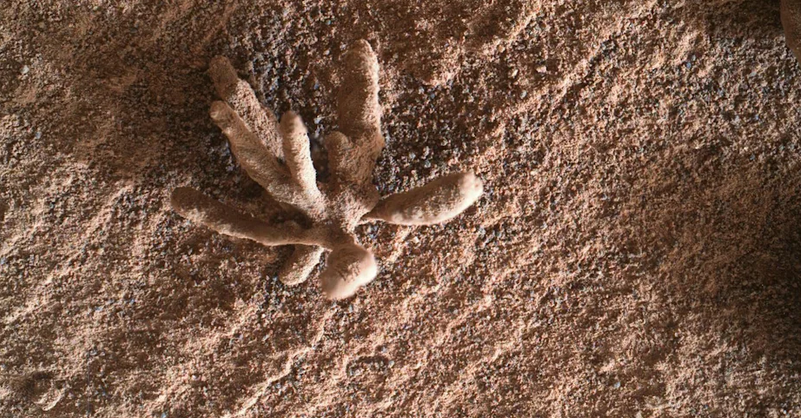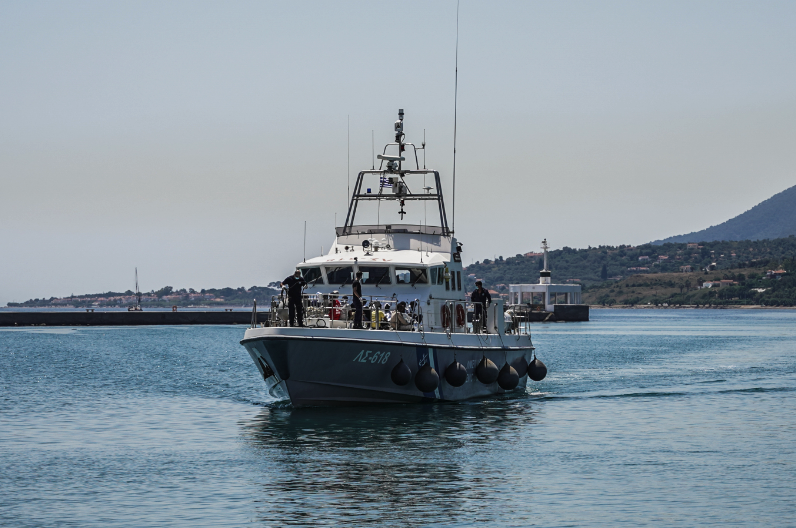NASA’s Curiosity rover has uncovered an intriguing “flower” formation on the surface of Mars that looks akin to an ocean coral.
The microscopic view of Martian sand was taken with the Mars Hand Lens Imager (MAHLI), a tool for imaging minerals, textures and structures in rocks and soil at scales smaller than the diameter of a human hair.
The Curiosity team confirmed it was a ‘diagenetic crystal cluster’, that experts from NASA’s Jet Propulsion Laboratory (JPL) suggest may have been formed by minerals precipitating from water.
While the formation looks large in size, it is actually smaller than a penny, and consists of three-dimensional crystal clusters made from a combination of minerals.
NASA scientists say it can tell them more about the structure of Martian soil, and how the planet may once have looked, including the flow of long-gone water.
Pfizer mRNA vaccine goes into liver and changes into DNA, Swedish study finds
Abigail Fraeman, Curiosity project scientist, took to Twitter to explain the unusual formation, describing it as “teeny, tiny delicate structures that formed by mineral precipitating from water”.
Studies of earlier versions have revealed that the minerals, sprouting out in different directions, were likely embedded inside a rock that eroded away over time.
However, it looks like the minerals are resistant to erosion, so remain on the dusty surface of the Red Planet, the NASA scientists explained. The feature is also known as concretion, with versions also seen by the Opportunity rover, which is no longer operating, and had been dubbed ‘blueberries’, as they were small and round.



































